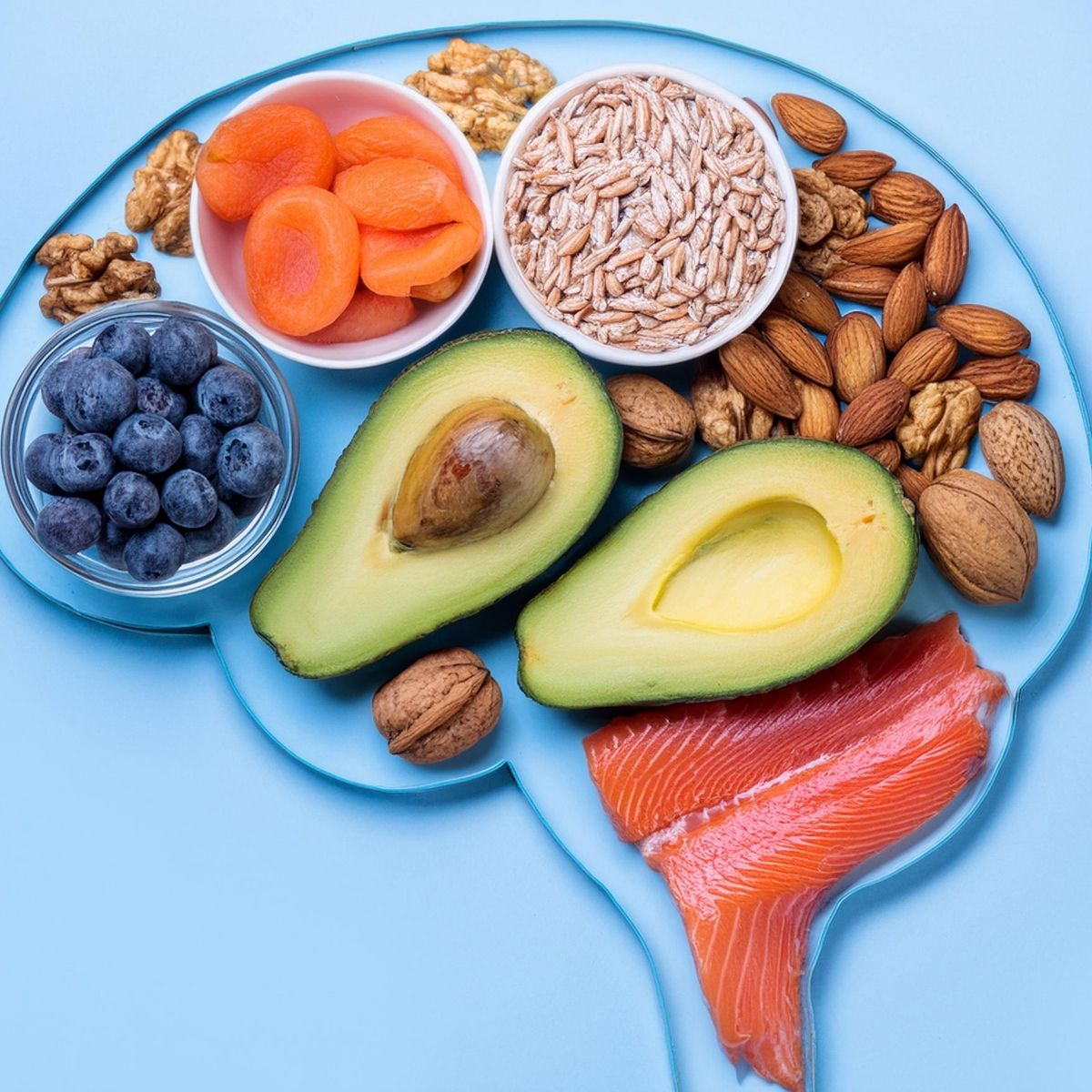Why People With Diabetes Count Carbs Instead of Sugar
Written by: Nazeen Shah
7 minute read
September 1, 2022
Carbs, like fats and proteins, are essential macronutrients for balanced nutrition. Yes, people with diabetes can and should eat carbs. Although eating too many carbs can lead to high blood sugar levels, people with diabetes are taught to count their carbohydrates rather than sugar. Here’s why!
What are carbohydrates?
Carbohydrates are molecules of sugar. The body can use these molecules immediately for energy or store them in the liver and muscles as glycogen until needed. Carbohydrate intake, both type and amount, affect blood sugar levels.
Carbs are important because they:
- Provide glucose as the body’s primary fuel source
- Possess specific vitamins and minerals
- Source soluble and insoluble fibers
- Have low saturated fat
Not all carbohydrates are the same! There are different types of carbs, and as a person with diabetes, it’s important to know which carbs you are eating and how they’ll impact your blood sugar levels.
Different types of carbs
There are three types of carbohydrates, and it’s crucial to know the difference between simple and complex carbs.
- Sugars (simple carbs)
- Starches (complex carbs)
- Fiber (complex carbs)
Simple carbs are sugar—things like soda, baked goods, packaged cookies, breakfast cereal, etc. Complex carbs contain more nutrients and enhance digestion. They comprise three or more glucose units linked together, creating linear chains. These chains are longer than the one or two chains of simple carbs, so they take longer to break down or in other words, to digest.
The American Heart Association recommends complex carbs rather than simple carbs because they’re broken down more slowly and give you energy over a longer period of time. The more complex the carb, the less impact it has on your blood sugar levels. Two main types of complex carbs are starch and fiber, including foods like fruits, vegetables, nuts and whole wheat bread.
If you experience hypoglycemia, simple carbs are recommended to treat it because they work faster to increase your blood sugar levels. When you count carbs, you also count sugar. You don’t look at the sugar content independently because starches and fiber are included in the total carbohydrates during counting.
Starches
Starches are complex carbohydrates. They are an important source of calories. As a complex carb, it takes longer to digest. They are present in everyday foods like corn, potatoes, legumes, pasta, bread and rice. These chains of glucose molecules are stored for energy in plants. By breaking these chains and releasing glucose, the body is able to use starch as a source of energy.
Sugar
Sugar, the most basic type of carb, is a single molecule called glucose. Other carbohydrates are broken down into single glucose molecules, whereas simple carbs like sugar, are already one or two glucose molecules. All cells in the body require glucose for energy, and your brain uses about half of your body’s sugar needs!
Naturally occurring sugars are present in milk or fruit. Added sugars are present in regular soda, sweets, baked goods and in many processed foods.
Fiber
In fiber, the bonds between glucose molecules are stronger and aren’t as easily digested as complex carbohydrates. Eating fiber-rich foods helps transport the food contents of the large intestine more quickly, acting as an excellent digestive aide. Fiber makes you feel fuller and can help produce regular bowel movements. It is present in common foods like lentils, peas, beans, nuts and whole grains.
All three types of carbohydrates impact your blood sugar because they are broken down into glucose that enters your bloodstream. By focusing on counting the total carbohydrates, you can improve your blood sugar management and predictability.
Counting carbs, made easy!
Counting carbs, bolusing, and taking insulin are all management tools for living with diabetes. An insulin-to-carb ratio helps people with diabetes calculate how much rapid-acting insulin they need to account for the carbohydrates they will eat at a meal or snack.
When you don’t properly account for our food, it can raise your blood sugar levels, leaving you feeling tired and sluggish. Alternatively, if you don’t consume enough carbohydrates, you can run the risk of your blood sugar levels running low, especially if you take insulin.
If you need help figuring out how many and what kind of carbs to eat, ask your healthcare provider for management tips on counting or choosing which carbs to eat. Some books and apps contain nutritional facts about common foods and offer methods for carb counting.
People with diabetes can count and track their carbs in several ways. Some tools that may help:
- CalorieKing’s Calorie, Fat, and Carbohydrate Book
- Complete Guide to Carb Counting Book
- Daily Carb Pro App
- Atkins Carb & Meal Tracker
- My Keto: Ketogenic Diet Log
Tips for counting carbohydrates
When it comes to figuring out the number of carbs to eat, it all depends on your needs. Every person, with or without diabetes, needs balanced nutrition for overall wellness. Consult your dietitian or healthcare provider to determine the right carb ratio for you.
Here are a few recommendations on carb intake for men and women.
| Meal Type | Most WOMEN Need | Most MEN Need |
| Each Meal | 3 to 4 carb choices = 45 to 60 g of carbs | 4 to 5 carb choices = 60 to 75 g of carbs |
| Snacks (if needed) | 1 carb choice = 15 g of carbs | 1 to 2 carb choices = 15 g to 30 g of carbs |
If you need more help counting carbs, find a local diabetes education program near you or ask your healthcare provider for diabetes self-management education and support (DSMES) services. Services like this can help you create your best nutrition game plan for managing diabetes.

Author
Nazeen Shah
Nazeen Shah is an editorial content intern and sophomore at Fordham University, studying biological sciences. She was diagnosed with type 1 diabetes 10 years ago and has engaged in type 1 diabetes research and advocacy.
Related Resources

If you use insulin to manage diabetes, it’s normal to have questions about which option...
Read more

The holiday season is filled with celebrations, family gatherings, and plenty of holiday foods. No...
Read more

Managing diabetes is a complex and often overwhelming journey—even nine years after my daughter's diagnosis....
Read more

